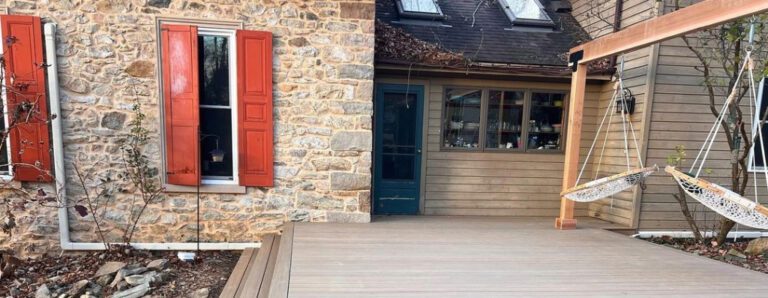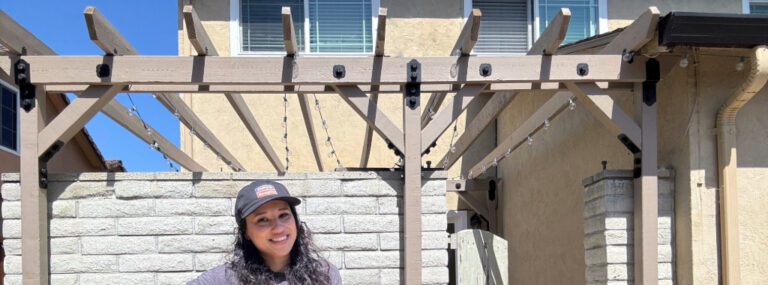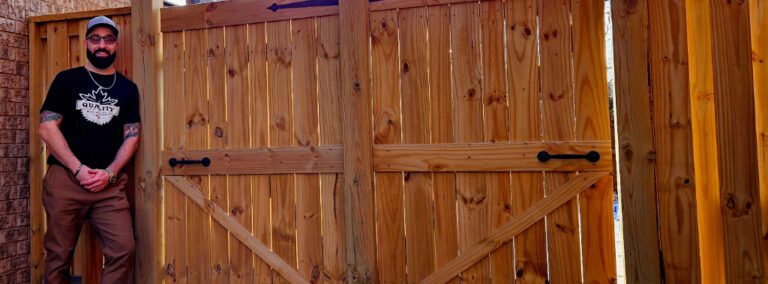According to Professional Builder magazine, the US decking market is likely to push past the $7 billion mark next year, with marked growth in plastic and wood composite decking. Growth in wood-decking demand is also expected to remain robust, positioning deck builders for success regardless of the material trends specific to their market.
In the southeast and other areas where brick construction remains popular, deck construction can bring some unique challenges, particularly as it relates to homes with brick veneer siding. While brick veneer is speedy to install and provides an additional layer of insulation between the structural shell of the house and the exterior, it lacks the load-bearing properties of real brick. Because it cannot support the weight of an attached exterior structure, like a deck, the building code prohibits brick veneer from supporting any additional load besides that of the bricks above.
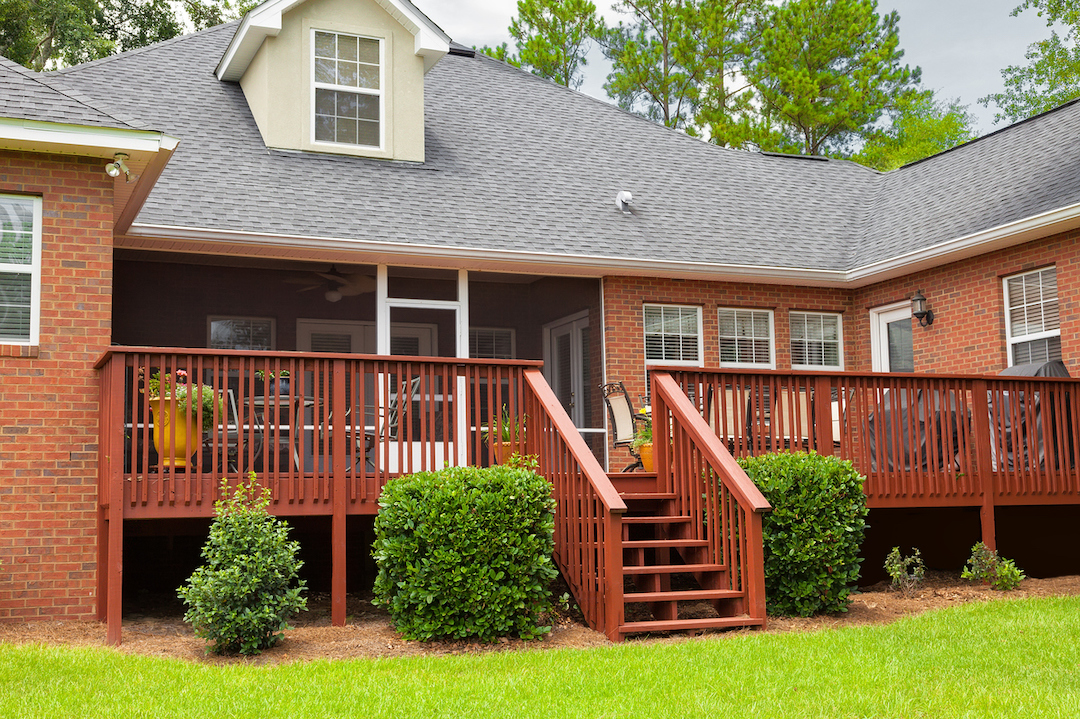
Professional deck builders and advanced DIYers taking on a deck project that will stand outside brick veneer siding can of course build a freestanding deck. In plans calling for an attached deck structure, however, special care needs to be taken to avoid engineering liabilities that could get a thumbs-down from the building inspector or result in deck failure down the road.
To address this situation and provide contractors and homeowners with a code-compliant, tested solution for attaching decks to homes through brick veneer siding, Simpson Strong-Tie has developed the BVLZ brick veneer ledger connector kit. By attaching a wood ledger to the framing through the brick veneer, the BVLZ enables decks to be safely tied to the home without requiring the removal or replacement of large sections of brick veneer, as some existing market solutions do.
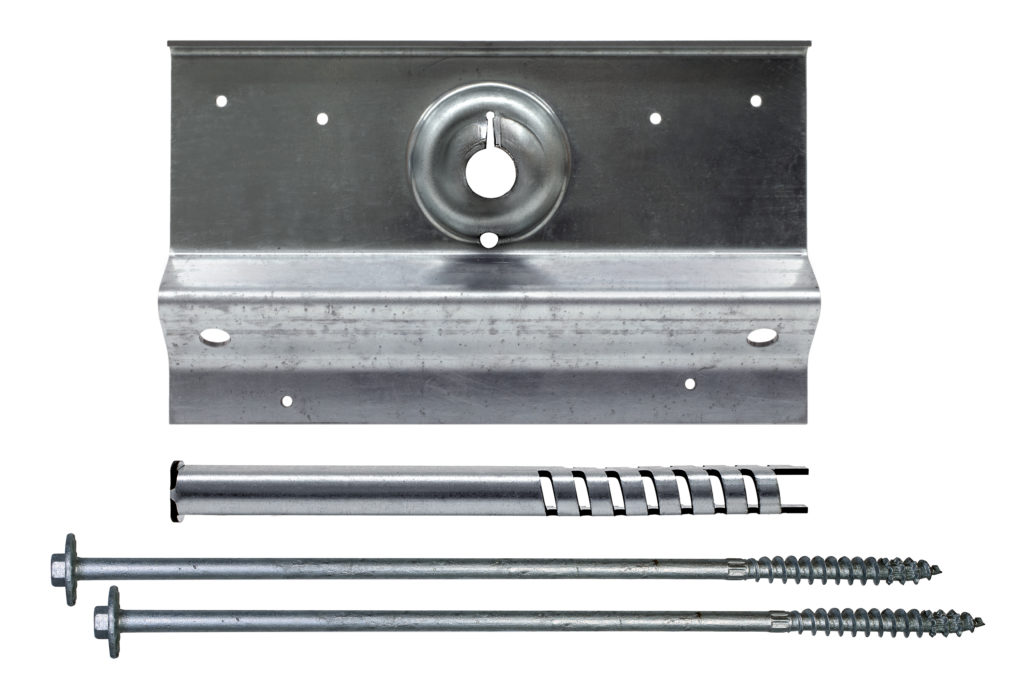
The BVLZ brick veneer ledger connector kit includes a steel ledger plate, a compression strut, two 14″ Strong-Drive® SDWH Timber-Hex HDG tension screws and six Strong-Drive SD Connector shear screws. The BVLZ is designed so the two tension screws pass through the mortar into the structural framing, allowing the compression strut to transfer forces from the ledger plate to the rim joist. The system supports the ledger without bearing on the brick veneer.
With growth in deck building markets expected to remain hot through 2020, the BVLZ offers a proven way to ensure the safety and structural integrity homeowners need to enjoy a finished deck without concerns related to their brick or masonry veneer siding. Pass the burgers!
